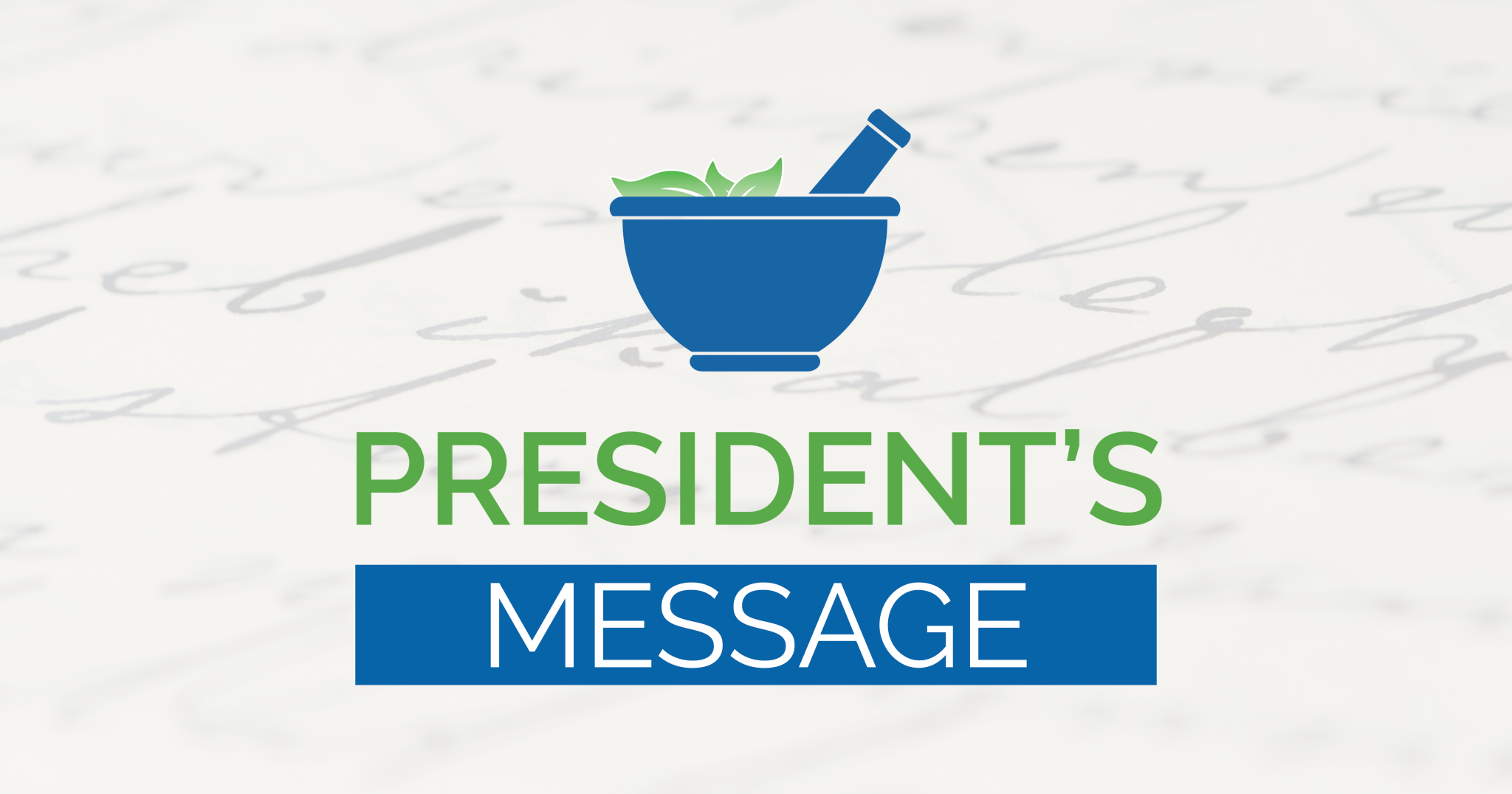Quality/Regulatory Support of New Product Introductions

By Mark Land, MS, RAC-US, AAHP President
The introduction of a new product at retail is a team effort. Meeting technical information requirements to support a new product introduction is critical to meeting timelines and maintaining relationships and momentum with retailers. Best practices include working closely with your company’s sales representatives and your retailer’s technical information team.
Retailers vary in complexity and sophistication regarding product technical information. Introduction to a single store or small chain retailer may require minimal transfer of technical information and may be managed directly by a sales representative. Even in this case, however, it is likely that the store buyer will pepper the sales representative with ingredient, safety, and performance questions. In this situation your sales representative becomes your information client.
Larger chains require a significant amount of information in a cadence that meets their approval and process needs. Formal transfers of formulation, safety, storage, and transportation information is critical to ensuring on-time acceptance of your item. Some retailers accept this type of information by email, and many have dedicated computer applications to receive and evaluate technical information. Many use third-party organizations to consolidate and manage product information.
Regulatory and quality information and product testing is playing an increasingly important role among retailers. It is important to know retailers’ requirements in these areas because of implications deep in the product development and manufacturing cycle. Getting things on schedule early is key to delivering in this area. Many retailers now look for third-party audits of manufacturing facilities. This is not something that can be corrected. Know your retailers’ requirement in this area as early as possible.
Retailers always want to review labels. Their motivation can be as simple as verifying that the product package meets their marketing expectations, or they want to complete a full review of the label prior to acceptance. Delivering label and product samples on time keeps the program on schedule. Increasingly retailers require third-party testing of product samples. It is important that you understand your retailers’ requirements in this area and communicate to your sales representatives the timelines for testing in order to manage the product introduction.
So what are best practices to support the information needs of your retailers and sales representatives?
- Know your customer’s information requirements.
- Know your customer’s technical information systems.
- Develop a checklist of information requirements.
- Begin to build the information profile as the product is being developed.
- Develop a project plan for delivering information on time.
- Communicate the plan to sales staff to support realistic promises of delivery.
- Ensure that manufacturing facilities meet retailer auditing standards.
- Plan to deliver samples 30 to 60 days early when possible.
- Maintain communications with your sales staff.
Helpful tips
- Implement a third-party auditing program for your suppliers. Make sure your audit program meets your toughest customer’s requirements. Have certificates available for distribution.
- During formulation avoid hazardous ingredients when possible. Alcohol is often used in homeopathic products. It’s difficult for your customers to store, handle, and transport.
- Be clear on storage and transportation requirements. Cold chain can be complicated.
- When formulation is finalized, complete a Safety Data Sheet (SDS) for the formula.
- Make sure that formulation information is consistent: formula sheet, SDS, product label.
- Have product specifications available: finished product specifications, case and pallet configurations, and all identification codes associated with the product.
- Provide adequate staffing to engage with retailer’s staff and automated systems.
- Complete retailer’s quality systems questionnaires as early as possible.
- Populate retailer’s quality portals as early as possible.
- Populate third-party portals as early as possible.
Delivering a new product to retail is complicated and begins with initial product development. Technical staff should be anticipating your customer’s information needs as the product is being developed. In fact, the retailer’s information and specification needs should be key consideration in the formulation, development, and packaging of the product. Building a technical information file in a logical sequence during product development is easy to say but the process has many variables.
Planning for success is critical to achieve an on-time product introduction. Because the process is not always predictable, there will inevitably glitches along the way. Therefore control the big steps with long and immoveable timelines well and master the small steps through planning and training. A national launch is not the time to learn the ropes.
